Superfamily Lymnaeoidea Subfamily Lymnaeinae Rank Species | ||
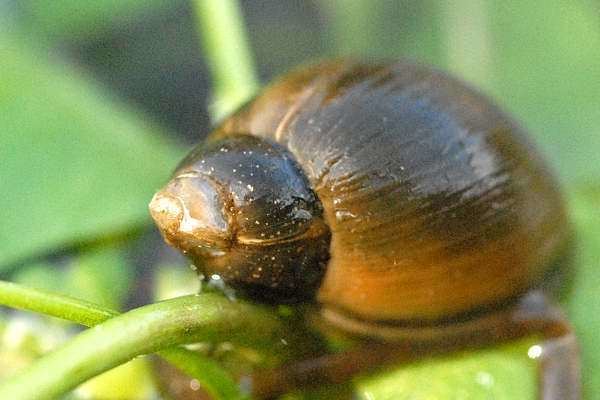 | ||
Similar Radix, Radix peregra, Radix auricularia, Stagnicola palustris, Stagnicola | ||
Radix balthica schlammschnecke wandering pond snail
Radix balthica, common name the wandering snail, is a species of air-breathing freshwater snail, an aquatic pulmonate gastropod mollusk in the family Lymnaeidae, the pond snails.
Contents
- Radix balthica schlammschnecke wandering pond snail
- Yoda schnecke eif rmige schlammschnecke radix balthica
- Distribution
- Genetics
- Taxonomy
- Biology
- References
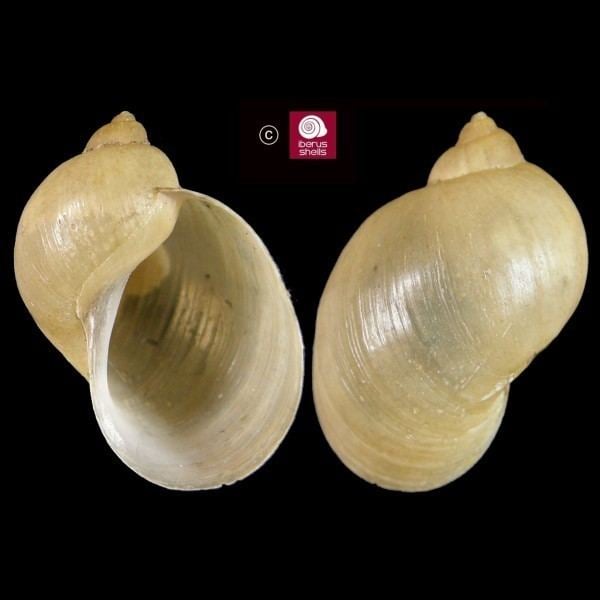
Yoda schnecke eif rmige schlammschnecke radix balthica
Distribution
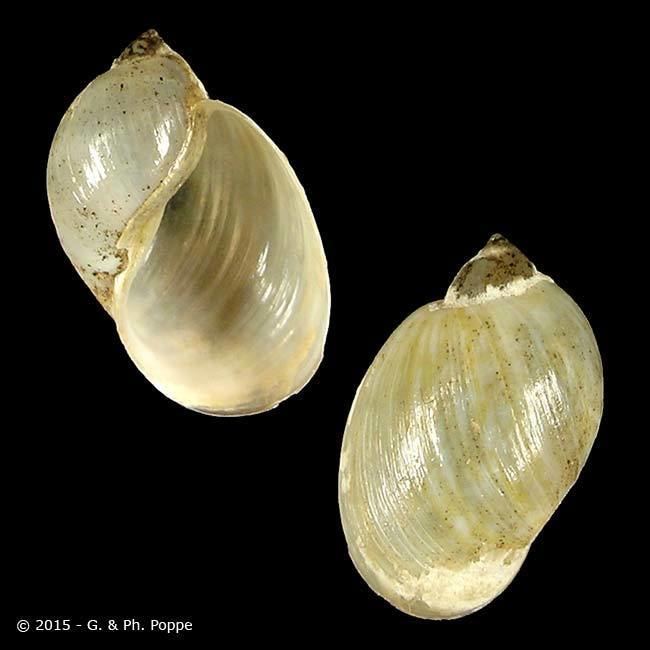
All of Europe East to western Siberia, and also north Africa, Asia Minor and Afghanistan.Eurosiberian Wide Temperate. This species is found in European countries and islands including:
Genetics
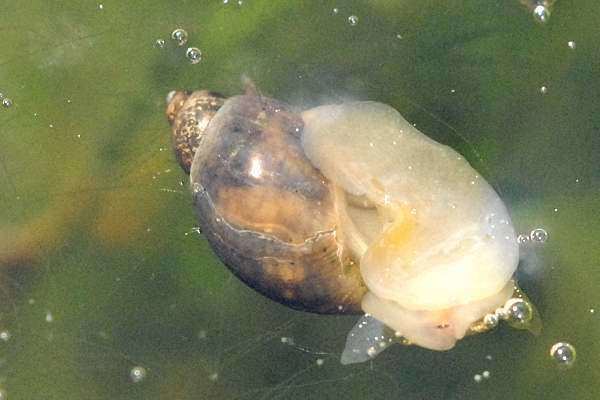
The complete mitochondrial genome of Radix balthica has been obtained by shotgun sequencing and it has been released in 2010. The length of the mitochondrial DNA is 13,993 nucleotides. It contains 37 genes.
Taxonomy

The taxonomic status of certain species in the genus Radix has been disputed. Remigio (2002) reported sequence divergence within the 16S mitochondrial gene of Radix peregra and Radix ovata. Furthermore, the shell morphology and alloenzyme data indicated that Radix peregra and Radix ovata are distinct.
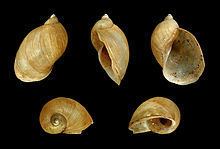
In contrast, Bargues et al. (2001) considered on the basis of ITS-2 sequence analysis, that R. peregra, R. ovata, and R. balthica are in fact a conspecific species.
Biology
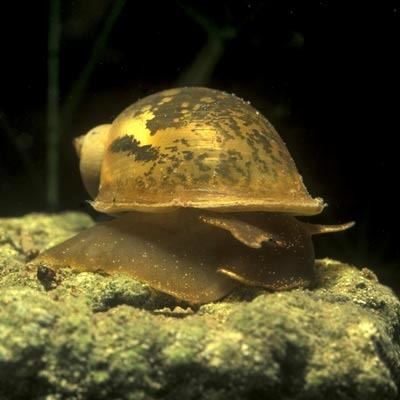
Radix balthica lives in rivers and creeks, streams and streamlets and stagnant waters.It has high degrees of tolerance to pH levels, salinity concentrations and temperature conditions but it prefers calcareous waters (Welter-Schulte 2009).

Reproduction: The animals are hermaphrodite like all species of Lymnaeidae, but have separate sexual apertures and are not inbreeding. During copulation the snail playing the role of the male overlaps on the snail playing female presenting "his" penis to the opening of the "female". Several individuals can overlap in this way, some at the same time simultaneously playing the role of the male and the female.The eggs are laid in gelatinous cords about 1 cm. long on hard substrate, rocks, wood, or water plants. The development is via yolk-rich eggs from which hatch developed animalcules which are miniature version of the parents (there is no larval stage).Copulation and oviposition takes place from March when the animals are about 1 year old and this species has a generation length of 1 year.

Respiratory:This snail breathes air through a lung, but also absorbs oxygen from the water through the skin. Its short and large antennas increase the surface of the skin, allowing it to absorb more oxygen. This snail blood contains haemocyanin, giving the head and foot a pale green colour The animals can change their density by movements of the muscles of the mantle and quickly rise to the surface of the water or quickly drop to the bottom.
Food: Radix balthica feeds on algae and bacterial biofilms on hard substrate, also on detritus on soft bottoms.In some habitats mainly green algae and protozoans are consumed, in others mainly detritus.Radix balthica does not eat plants in good health.
